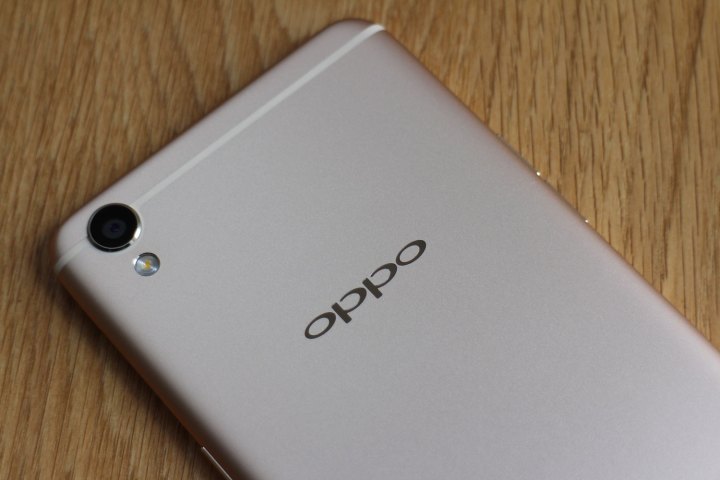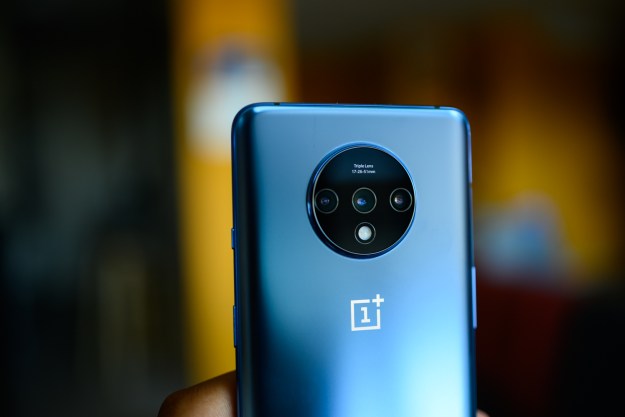

Oppo is also staying quiet about the rest of the F3 Plus’s specification. Rumors spread recently about the phone, indicating it would have a screen larger than the F1 Plus’s 5.5 inches, potentially stretching up to 6 inches. A Snapdragon 653 processor with 4GB of RAM is possible, along with a 4,000mAh battery and 64GB of internal memory. The rear camera is expected to have 16 megapixels and a single lens.
The F3 Plus is likely to be joined by a smaller F3 smartphone, but Oppo hasn’t shared a release date or specifications for the device yet. It’s possible the phone will retain the dual-lens selfie cam from the F3 Plus. Unfortunately, it’s rumored the F3 series phones will run Android 6.0 Marshmallow, rather than the latest 7.0 Nougat version, and have Oppo’s ColorOS user interface over the top.
Oppo will release the F3 Plus on March 23, when it’ll be sold in India, Indonesia, Myanmar, the Philippines, and Vietnam. A wider international launch hasn’t been confirmed, but Oppo has sold its devices in Europe and the U.S. before.
Editors' Recommendations
- Why the Oppo Find N is one of the most important phones of 2021
- Oppo releases photos taken with its prototype Under Screen Camera for phones
- The OnePlus 8T revives the monochrome phone camera, and it’s really good
- iPhone 11 Pro vs. P40 Pro vs. S20 Plus vs. OnePlus 8 Pro: Four-way camera battle
- Oppo sees a smartwatch, a chip, and an under-screen camera as part of its future


